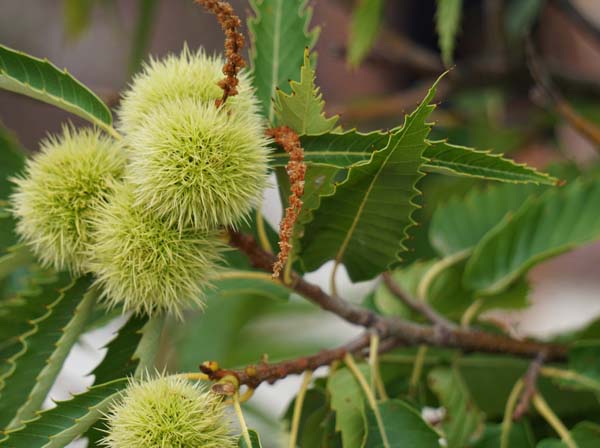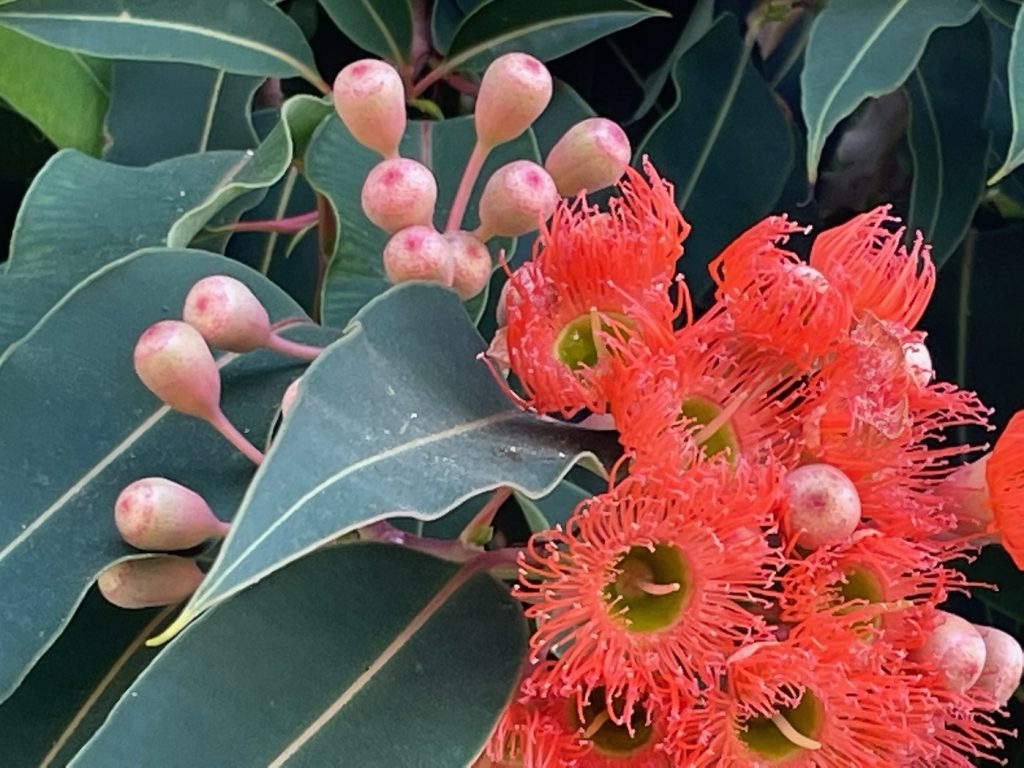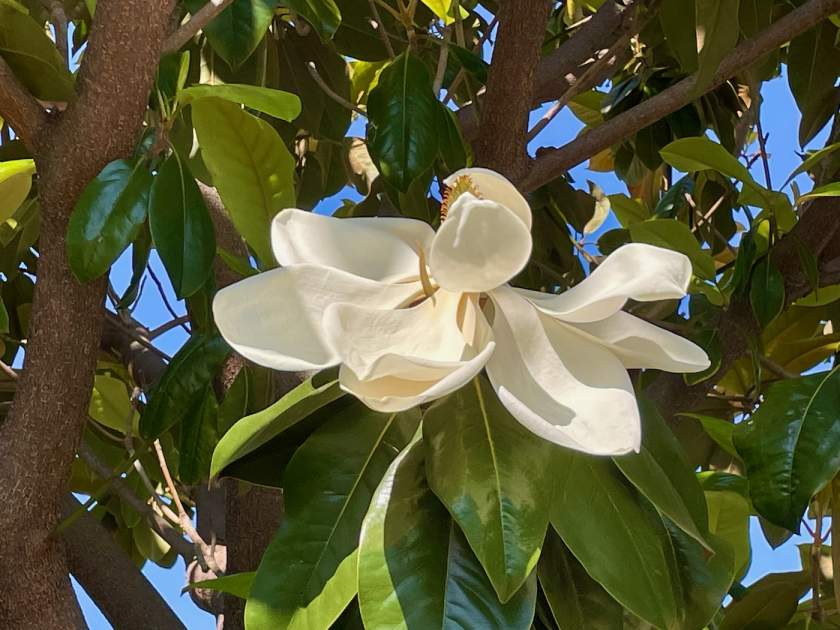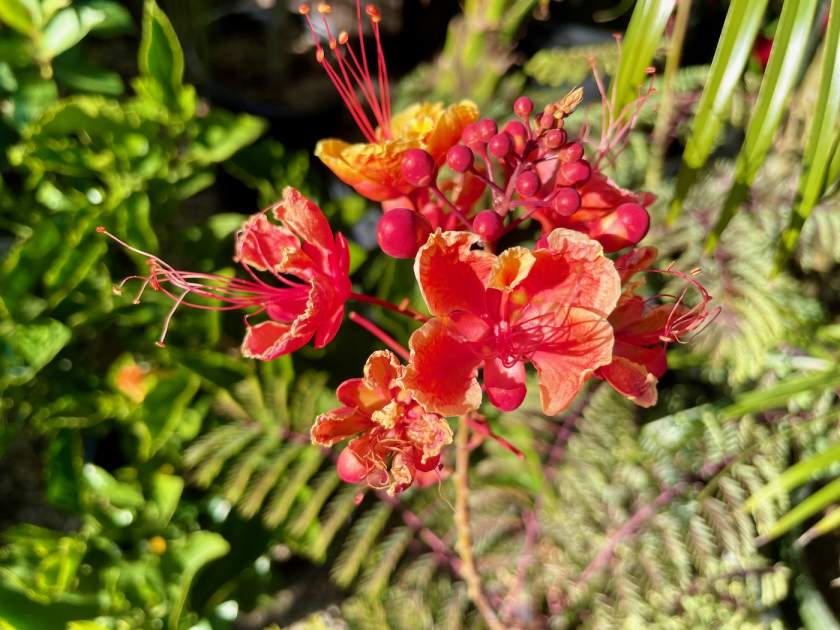Sweet Chestnut (Castanea sativa): A Majestic Tree with Delectable Fruits
Overview: Castanea sativa, commonly known as Sweet Chestnut, is a magnificent deciduous tree belonging to the Fagaceae family. Also referred to as Castanea vesca and Castanea vulgaris, this tree is prized for its large size and captivating beauty. Native to Europe, Asia, Africa, and America, Sweet Chestnut delights with its edible fruits and adds a touch of elegance to any landscape.
Characteristics: Sweet Chestnut produces attractive male yellow catkins during the spring flowering season. These catkins give way to delectable chestnuts, which are highly sought after for their culinary applications. With its ability to bear edible fruits, Castanea sativa becomes not only an ornamental tree but also a source of nourishment and enjoyment.
Cultivation of Castanea sativa:
Sunlight and Soil: Optimal growth for Castanea sativa occurs in full sun and well-drained soil. While it can tolerate some shade, keep in mind that insufficient sunlight may result in reduced nut production. The soil should ideally be slightly acidic, with a pH ranging from 6.0 to 6.5.
Planting: When planting Sweet Chestnut, select either the spring or fall season. Dig a hole that is twice as wide and deep as the root ball. Enhance the soil’s fertility by incorporating compost or well-rotted manure. Gently place the tree in the hole and backfill it with soil, ensuring that the root ball is adequately covered. Provide thorough watering after planting.
Watering: Proper watering is essential, particularly during the first year after planting. Deeply water the tree at least once a week, adjusting the frequency based on weather conditions and soil moisture levels. During hot and dry spells, more frequent watering may be necessary to support healthy growth.
Fertilizing: Sweet Chestnut benefits from springtime fertilization using a balanced fertilizer. Select a formulation that is high in nitrogen and phosphorus to promote vigorous growth and robust nut production. Follow the manufacturer’s instructions for application rates and methods.
Pests and diseases: While Castanea sativa exhibits relative resistance to pests and diseases, it can be susceptible to chestnut blight—a fungal disease that poses a significant threat to the tree’s health. Promptly address any signs of chestnut blight by seeking guidance from local nurseries or garden centers that can provide appropriate treatment options.
Harvesting:
Sweet Chestnut nuts are ready for harvest in the fall when they turn brown and naturally fall from the tree. Collect the nuts from the ground and store them in a cool, dry location to maintain their quality.
Embrace the Majestic Sweet Chestnut: Castanea sativa, or Sweet Chestnut, is an awe-inspiring tree that combines visual splendor with delightful culinary offerings. Its ability to thrive in various climates, produce edible fruits, and lend grace to any landscape makes it a treasured addition to gardens, parks, and natural habitats. Enjoy the beauty, taste, and benefits of the Sweet Chestnut tree as it graces your surroundings with its grandeur.




